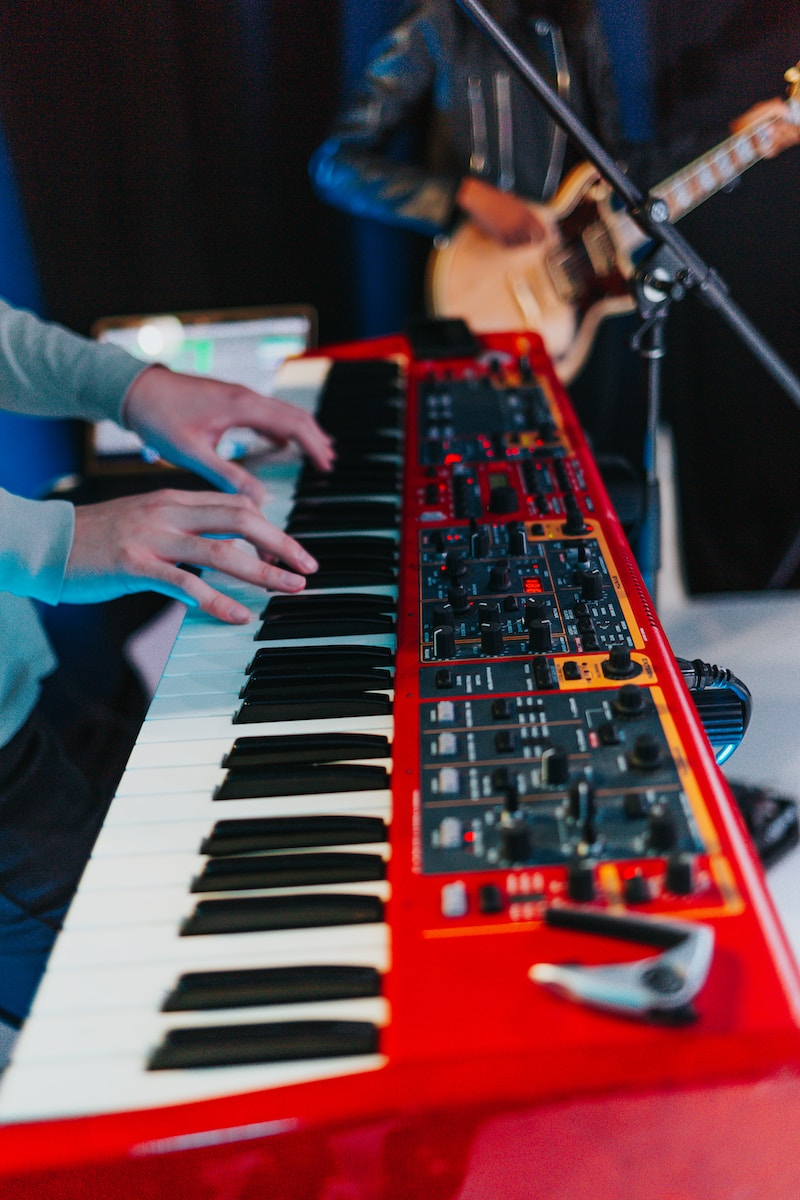
Digital pianos and stage pianos are both electronic musical instruments designed to mimic the sound and feel of a traditional acoustic piano. However, there are several key differences between the two:
- Portability: Stage pianos are designed for use on stage, so they are more portable than digital pianos. They are usually lightweight and compact, making them easier to move around and set up.
- Sound quality: Digital pianos are designed to produce a realistic sound that closely resembles an acoustic piano, while stage pianos are designed to produce a wide variety of sounds, including piano, electric piano, organ, synthesizer, and more.
- Built-in speakers: Digital pianos usually have built-in speakers, while stage pianos are designed to be connected to external speakers or amplifiers. This means that stage pianos can produce a louder sound, but you will need to purchase additional equipment to do so.
- Key action: Digital pianos are usually designed with weighted keys to simulate the feel of an acoustic piano, while stage pianos may have weighted or unweighted keys, depending on the model.
- Price: Stage pianos are usually more expensive than digital pianos due to their more advanced features, such as the ability to produce a wider range of sounds and connect to external equipment.

In summary, digital pianos are designed to produce a realistic piano sound with weighted keys and built-in speakers, while stage pianos are more versatile and portable, with the ability to produce a wider range of sounds and connect to external equipment. The choice between the two depends on the player’s needs and preferences.

